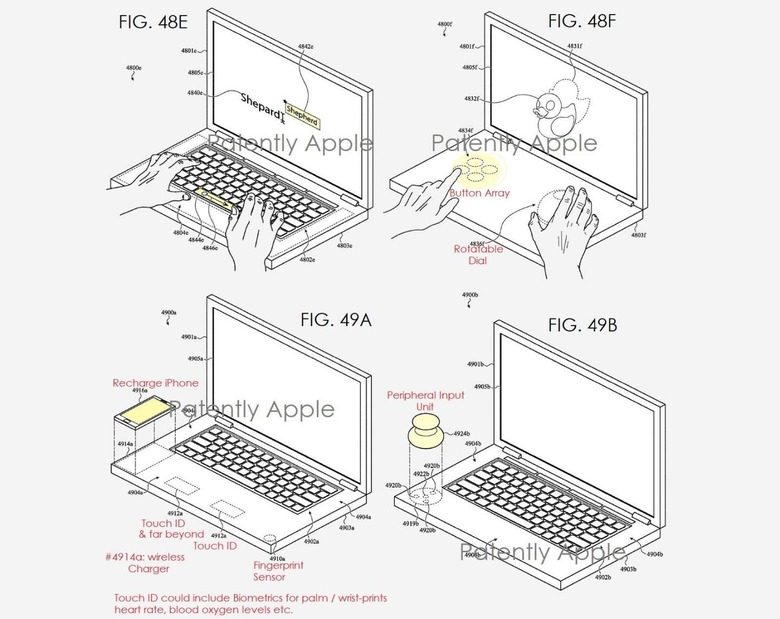Dual-screen MacBook patent shows what the Surface Neo could have been
Microsoft's window of opportunity to push dual-screen devices to the mainstream market may have now passed. Even disregarding the Android-based Surface Duo and its canceled Surface Neo, the manufacturers like ASUS and Lenovo that flaunted such futuristic computers have largely gone silent on that matter. It isn't just PC makers, however, who have had thoughts on dual-screen computers, and Apple's newly-awarded MacBook patent show the possibilities of such a device, presuming they ever got built and sold.
Unlike a foldable phone or tablet, a dual-screen laptop offers some benefits that fit better with that form factor, not to mention a more reliable and more durable design. Market watchers and tech pundits might already be familiar with some of the ideas that the Microsoft Surface Neo and the ASUS Project Precog concept presented, but a lot of those revolved around extending the Windows desktop to two screens. Apple's patent, on the other hand, is both simpler and more advanced, treating the second display as a dedicated input area.
Filed three years ago but awarded only now, the patent shows the second screen acting as an area for virtual keyboards, touchpads, gesture controls, and other input methods. It doesn't show that screen acting as an extension of the main display, but it could be possible if Apple allowed it. Chances are, however, the company would opt to err on the side of simplicity instead.
What makes the patent unique is the amount of flexibility it offers. In addition to keyboard layouts, a virtual display would allow users to even switch to a more "ergonomic" keyboard design or place the touchpad in any position they prefer. It can also be used for other kinds of inputs, like controllers for a game or regular touch gestures. Interestingly, there are even some provisions for adding peripherals on top, similar to the Microsoft Surface Dial, or having biometrics like Touch ID with a separate top plate".

Of course, patents don't immediately mean a future product, and Apple's seeming aversion to putting touch screens on MacBooks further lowers the possibility of such a device being commercialized. Still, it's interesting to see the possibilities of such a dual-screen laptop, which could have been the Surface Neo's future if it actually got made.
